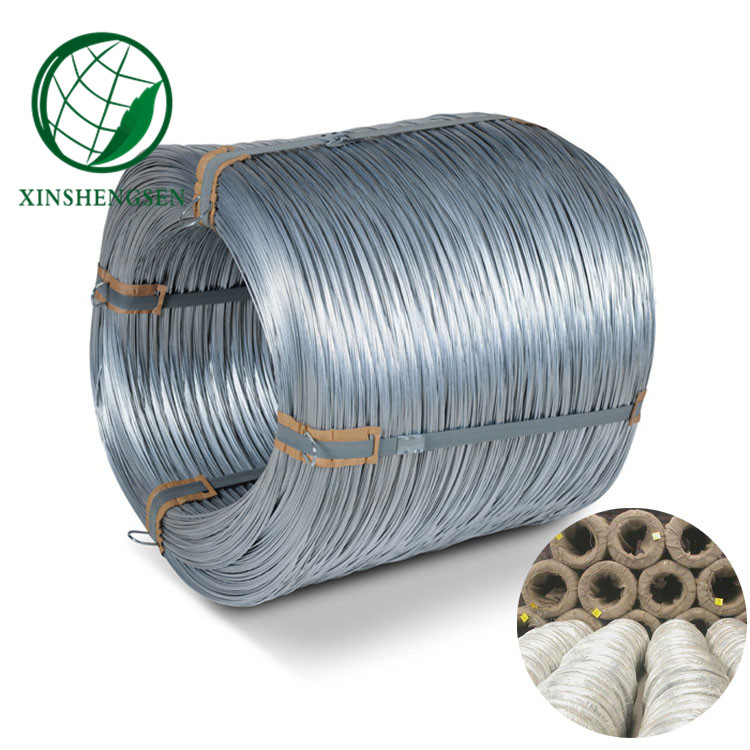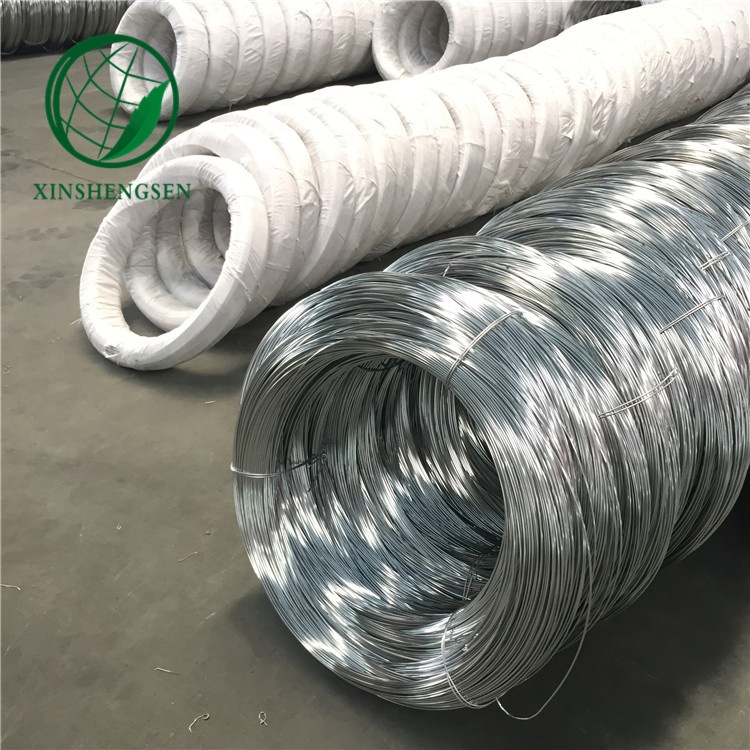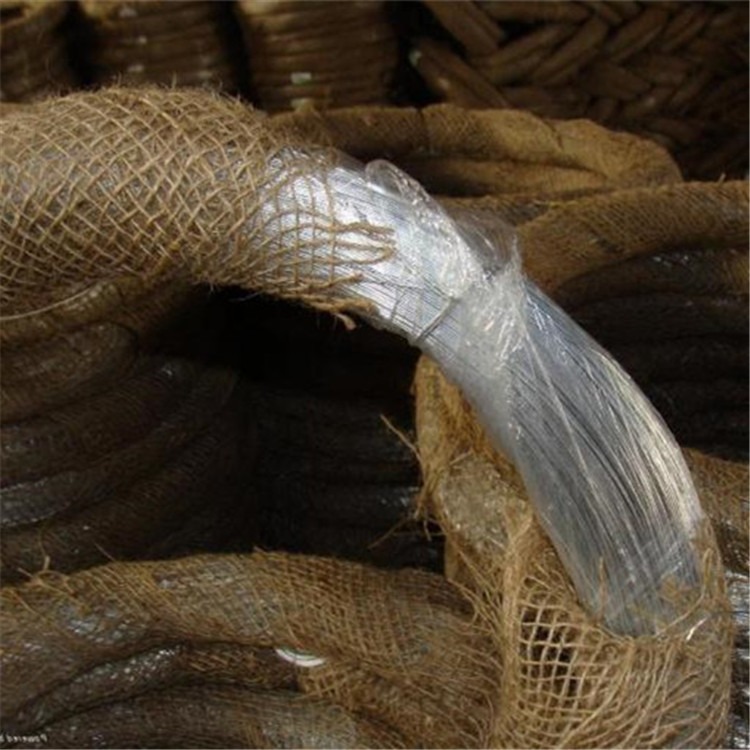Mass Spectrometer China market for decades
2023-04-04 13:14:48
 Mass spectrometers, with their excellent quantitative qualitative analysis capabilities, occupy a very important position in analytical instruments. After decades of development in China, its performance has been continuously improved and its application has become increasingly widespread. It has evolved from the original high-end instrument to the current mainstream analytical instrument.
Mass spectrometers, with their excellent quantitative qualitative analysis capabilities, occupy a very important position in analytical instruments. After decades of development in China, its performance has been continuously improved and its application has become increasingly widespread. It has evolved from the original high-end instrument to the current mainstream analytical instrument. The development of mass spectrometers is very fast. In the global market, mass spectrometers have annual double-digit growth rates. In 2012, the market is expected to reach $4.5 billion, accounting for more than 30% of the analytical instrument market. In the Chinese market, the development of mass spectrometers has been more rapid. In 2003, the mass spectrometer market in China was only about 300 units. In 2010, it had increased about 10 times to more than 3,000 units. In the first half of 2012, mass spectrometer sales exceeded 2,000 units. The annual mass spectrometer sales may exceed 4,000 units, with a total value of more than 400 million U.S. dollars. However, such an extremely important and fast-developing market has had little domestic equipment participation for decades. The entire market is basically imported instruments.
In fact, in the past few decades, China’s research and production in mass spectrometry is not really a blank. In the 1960s, Beijing Analytical Instrument Factory successfully developed China’s earliest isotope mass spectrometer; in the 1970s, Beijing Analytical Instrument Factory and Beijing Scientific Instrument Factory also independently developed gas-mass coupling instruments, making China the second country outside the United States that can develop and produce mass spectrometers; after the reform and opening up, Beijing Analytical Instrument Factory and Beijing Scientific Instrument Factory also The technique of assembling a mass spectrometer was introduced separately from Hewlett-Packard and Shimadzu. However, due to various reasons, the R&D and production of mass spectrometers in China have been repeatedly fragmented and interrupted. These predecessors' research results have become isolated and cannot be sustained. They are just a flash in the pan. Since then, mass spectrometry-related technologies such as mass analyzers have made considerable progress, and the gap has gradually widened to unimaginable levels. The formation of China's only mass spectrometer market, but the lack of mass spectrometer product situation.
The difficulties faced by domestic mass spectrometry are in the field of mass spectrometry. The main problems faced by domestically produced instruments are technology, finance, talent and the use of the above factors. That is, what we commonly call production of research results. Commercialization.
Although the mass spectrometer has been gradually popularized, it is still a high-end product in the analytical instrument industry. It is a system engineering integrating various technologies in the fields of optics, mechanics, electricity, and computing, among which ion sources, quadrupole mass analyzers, vacuum pumps, etc. System technology content is relatively high, even if there are all available research results available in front of them, how to design integration, how to make it practical, performance as high as possible, but also to control the cost of the instrument users can be satisfied In terms of degree, this is not an easy task. Moreover, if there is no at least a part of the core technology, relying entirely on outsourcing will make it difficult to control the cost. Since the entire R&D of the mass spectrometer is such a large system project, not only is there a high demand for technical power, but also the cost of research and development, mass spectrometers need long-term investment in high R&D costs, exceeding most domestic instruments. Manufacturer's affordability. The survey conducted by the Instrument and Instrument Society and the Analytical Testing Association on the instrumentation industry indicates that the development funds used by internationally renowned instrument companies for scientific and technological innovation generally exceed 10% of the annual sales amount. However, the funds used for R&D in China’s general instrument companies generally do not exceed 3% of the annual sales amount.
Talent and technology are puns issues. Without talented people, it is impossible to talk about it. The instrument industry has always lacked talents, especially high-end talents. Since the blank period in China's mass spectrometry field is very long, this aspect is also a big issue. Domestic instrument companies and scientific research institutions in the field of mass spectrometry are not worried about this.
Even if everything is ready, the birth of technology products is not easy. There are many scientific research achievements in China, but there are fewer products that can be transformed into products. According to statistics from domestic authoritative departments, the “9th Five-Year Plan†and “Tenth Five-Year Plan†scientific and technological research plans and the “863†Plan altogether arrange 1251 scientific research and development projects, but There are only 100 issues that have overcome key technologies and transformed into market-oriented products, of which less than 30 are R&D achievements that have achieved a large number of applications. In the production process of products, many domestic companies are faced with low technological level and poor quality control, which often leads to excellent paper quality indicators, in fact, they are greatly reduced; or to achieve the expected technical indicators, the cost and production There is no feasibility of sex. This is an old problem in China's scientific and technological circles. Despite the changes in policy, for example, many special research and development have become business-led, but they have not been able to solve the problem completely. Domestic companies in the high-tech field of mass spectrometry are also subject to similar problems.
Tianrui Mass Spectrometry: Three mass spectrometers, although there are many difficulties in the two breakthroughs, they can only trap domestically produced instruments for a while. After entering the 21st century, various domestic mass spectrometers have been born one after another, making domestic instruments return to the mass spectrometry market.
Among them, Tianrui released three self-developed mass spectrometers in March 2012: GC-MS 6800, ICP-MS 2000, LC-LC- MS 1000, of which ICP-MS 2000 is the first commercially available ICP mass spectrometer in China, LC-MS 1000 is China's first liquid-liquid mass spectrometer, filling China's technological gap in this area. As the latest domestic mass spectrometry instrument, the simultaneous launch of three types of mass spectrometers by Tianrui can be said to be the most prominent performance of domestic instruments in the field of mass spectrometry.
It is understood that Tianrui has always attached great importance to R&D team building and investment. In order to develop mass spectrometry products, Tian Rui Chairman Dr. Liu Zhaogui personally “turned around the earth several times, visited a lot of experts and sent a lot of letters. For one thing - looking for talented people. This high-end talent is relatively scarce in the country and relatively scarce in foreign countries, but it can still be found. The final effort has lived up to me. We have recruited some talents from the United States and Japan." Tianrui constantly seeks to bring together outstanding talents and gradually established a mass-spectrum R&D team of nearly 40 people, specializing in R&D of mass spectrometry products. Including three "Returnees" doctors, etc., the entire team are high-end talents from all over the world and all prestigious schools in China.
Even with a strong R&D team, the development of mass spectrometry is by no means an easy task. Unlike foreign manufacturers, domestic instrument manufacturers still lack technology accumulation in this area, and many technologies must be developed from scratch. From the beginning of the project to the launch of the product, Tianrui's efforts over the past five years have finally enabled the successful launch of three new types of mass spectrometers.
In the past five years, Tianrui invested tens of millions of yuan in its own funds. Even though Tianrui is a superior company in the scientific instrument industry and one of the few listed companies, it still finds it very difficult. Dr. Liu Zhaogui used to have a famous saying in the industry that “selling blood must also build mass spectrometersâ€. It was during that difficult period.
Of course, now that everyone knows the results, there is no difficulty to that extent. Tianrui completed the development of the mass spectrometry series. However, I have to say that the birth of these three mass spectrometry products is very simple. Actually, everything from technical research to product design and production to manufacturing has never been hard to come by at every step. There is no luck.
Binding Wire is made from high quality low carbon steel Q195 and Q235, through the process of drawing, annealing, acid washing and galvanizing. The wire diameter ranges from 0.5mm to 5.0mm, usually goes in 0.5kg-1000kg per coil.It has a bright surface and a good corrosion resistance, widely used in agriculture, building, construction and wire mesh industries.



Galvanized Wire,Galvanized Wire Mesh,Galvanized Steel Wire,Galvanised Steel Mesh
Shenzhou City Shengsen Metal Products Co., Ltd. , https://www.szshengsenwiremesh.com